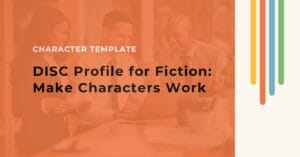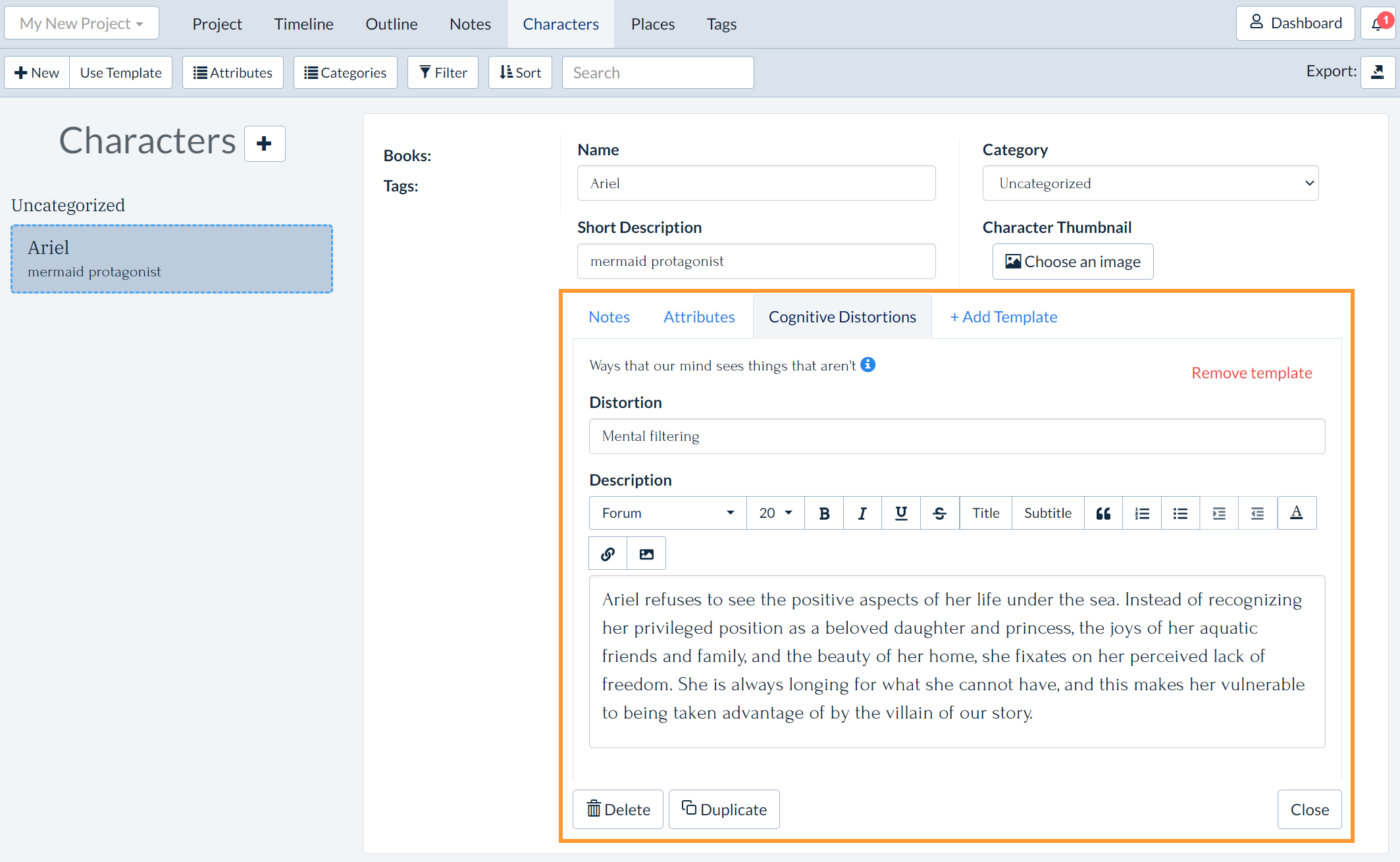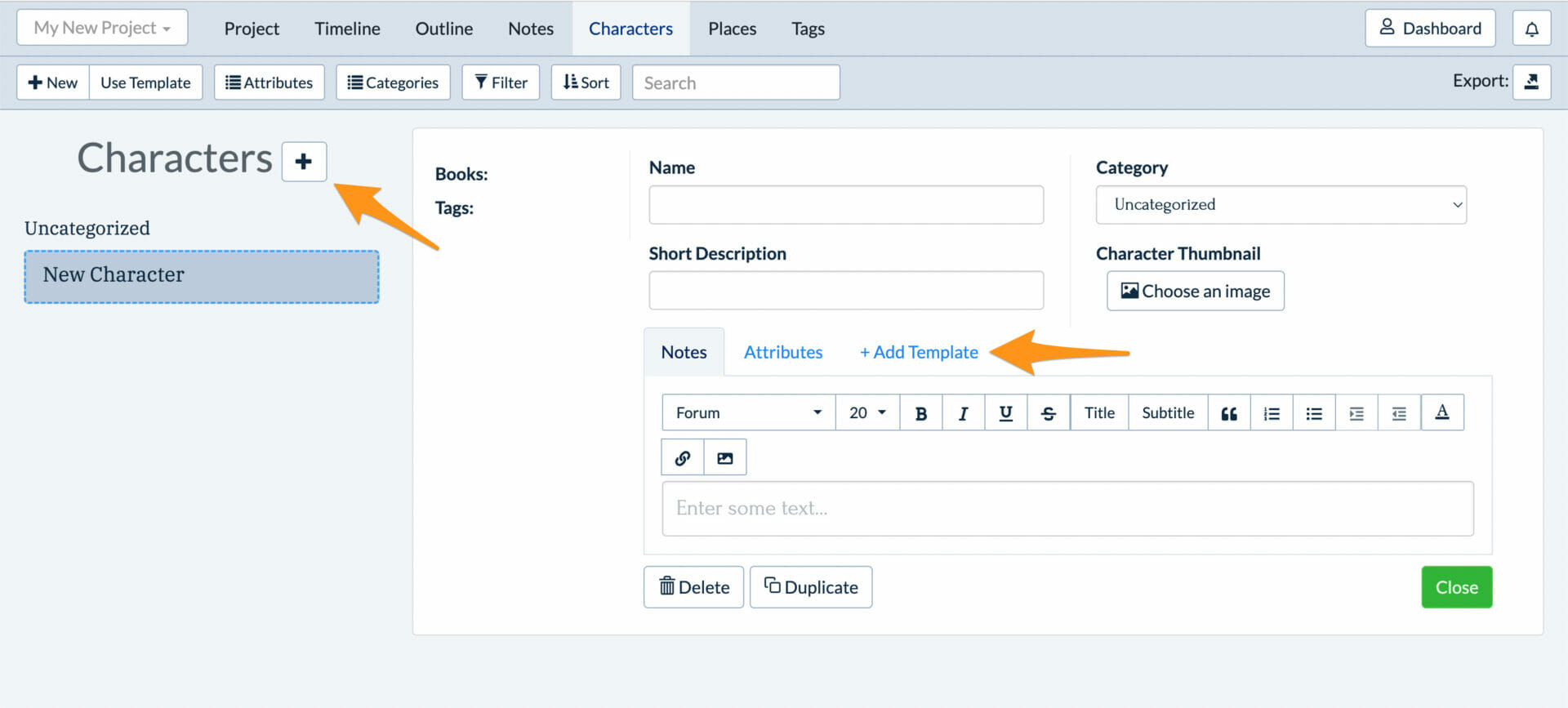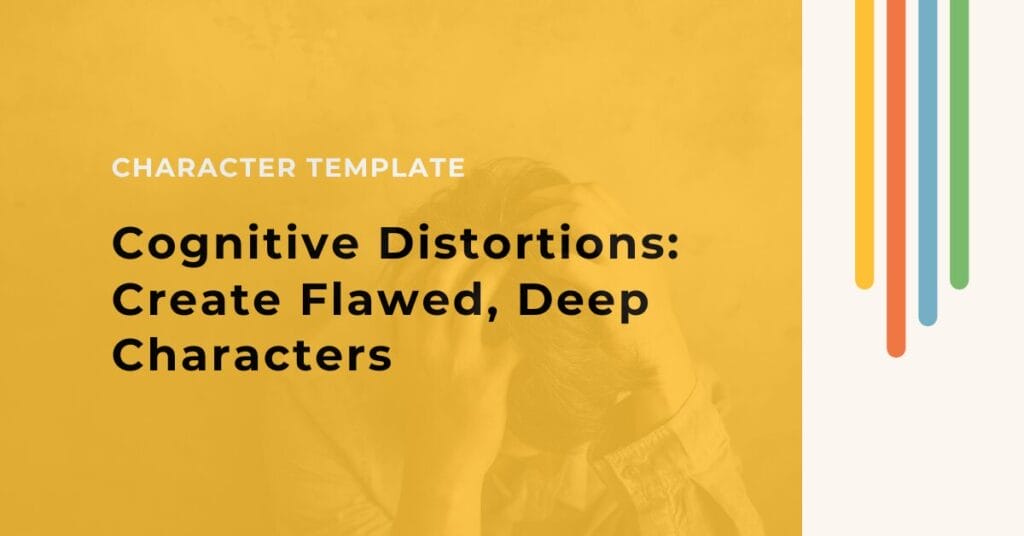
Organize your creativity with the #1 book outlining and story bible software for professional and aspiring writers.
Product
Helpful Links
© Fictional Devices, 2024. All Rights Reserved.
Many characters in fiction betray flawed thinking: in fact, cognitive distortions are often a key source of conflict throughout a story. This creates inner strife, and may be core to the obstacles standing between your characters and their goals.
In this article, you’ll learn what cognitive distortions are, how they relate to character development, and how you can use the Cognitive Distortions Character Template in Plottr to pack your protagonists and villains with insecurities and assumptions that heighten narrative tension.
Cognitive distortions are false or extreme thought patterns that can lead to distorted thinking, such as thinking in black-and-white, all-or-nothing terms. In turn, destructive emotions or unhealthy behaviors (including avoidance, procrastination, and aggression) may result.
In fiction (as in real life) characters’ irrational fears or biases may lead them to jump to the wrong conclusions and ignore their own better qualities.
For example, in the movie Bridesmaids, the character Annie is full of cognitive distortions. She believes everything she touches turns to muck, creating a self-fulfilling prophecy. She also blames herself for her failed business, even though it was her partner who messed up.
Both plotters and pantsers, across genres, can work cognitive distortion into characters’ habits. This is a useful way to define your characters’ central flaws — the false beliefs and personal biases that affect how your characters respond to (and even fuel) conflict or obstacles.
Here are ways outlining your characters’ cognitive distortions helps you develop more compelling stories:
Stories that are very relationship-based — for example, romance books and young adult novels — can especially benefit from this model of character building, because these flaws will inevitably cause strain in your characters’ relationships.
Fantasy or dystopian stories, which build unfamiliar worlds and cultures, can also come to life through characters’ cognitive distortions.
This template in Plottr gives you an open-ended space to document your characters’ cognitive distortions and describe how these affect their feelings and behaviors.
The info icon on your blank template will point you to an article from psychcentral.com, which outlines common cognitive distortions you could use.

When you use cognitive distortions in characters, think about how they might give your story an unexpected twist.
An “all-or-nothing” protagonist, for example, might believe that something is either perfect or terrible, with no room for shades of grey. Faced with making a difficult decision, they may be unable to weigh the pros and cons objectively.
You could use a cognitive distortion called “catastrophizing”. This is where a character tends to expect the worst or exaggerate the likelihood of negative outcomes. A catastrophizing teen, for example, may fear failing a test, so much that they end up failing by default (through truancy, or their mind going blank at crunch time).
Here are a few examples of cognitive distortions (and fictional characters who sometimes think this way):
You can illustrate your characters’ cognitive distortions in inner monologue, dream sequences, fantasy elements, or in other ways.
Distortions — especially if your story is written in first-person voice, or features a lot of inner monologue — shape the nature of truth in your story, color individual perception, and create a sense of psychological depth.
Cognitive distortions may help you explore issues such as identity and mental health, or simply evoke the strength of imagination, the narratives we create for ourselves, about ourselves. They may also help to create mystery and intrigue about characters’ actions and about-turns.
If you’re ready to bring cognitive distortions into your characterization, let’s go ahead and get started! To begin, make sure you purchase Plottr or sign up for a free trial.
Once you have Plottr set up on your computer, follow these simple steps to start weaving fascinating cognitive distortions into your fiction:



You can use other templates, too, to round out the rest of your character’s personality. The following templates go well with this one:
The Cognitive Distortion Character Template is a simple yet powerful tool you can use to produce characters who are unique and interesting. Why not see for yourself?
Learn more about Plottr’s features and let us know which are your favorite character templates!


© Fictional Devices, 2024. All Rights Reserved.
Comments